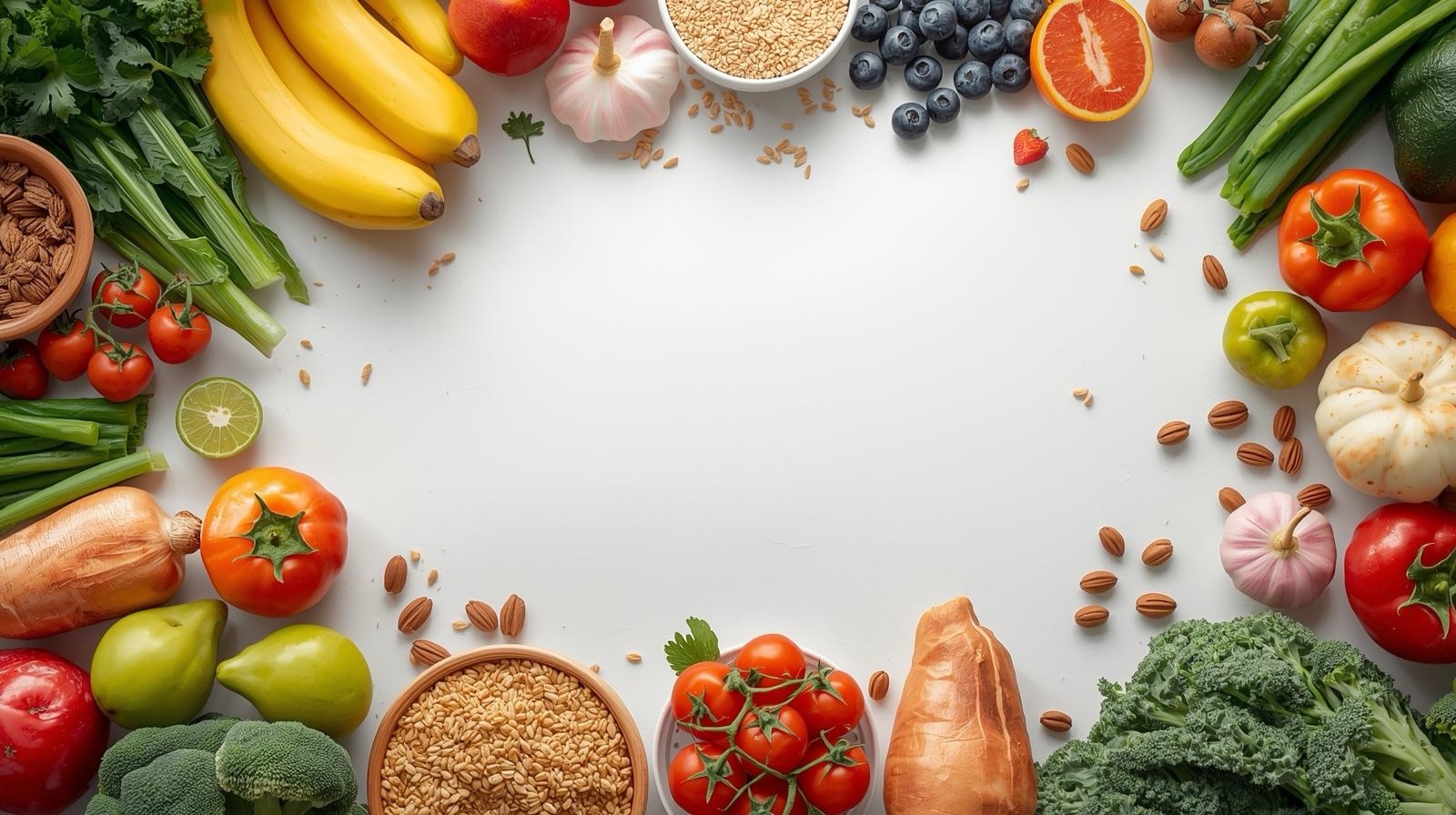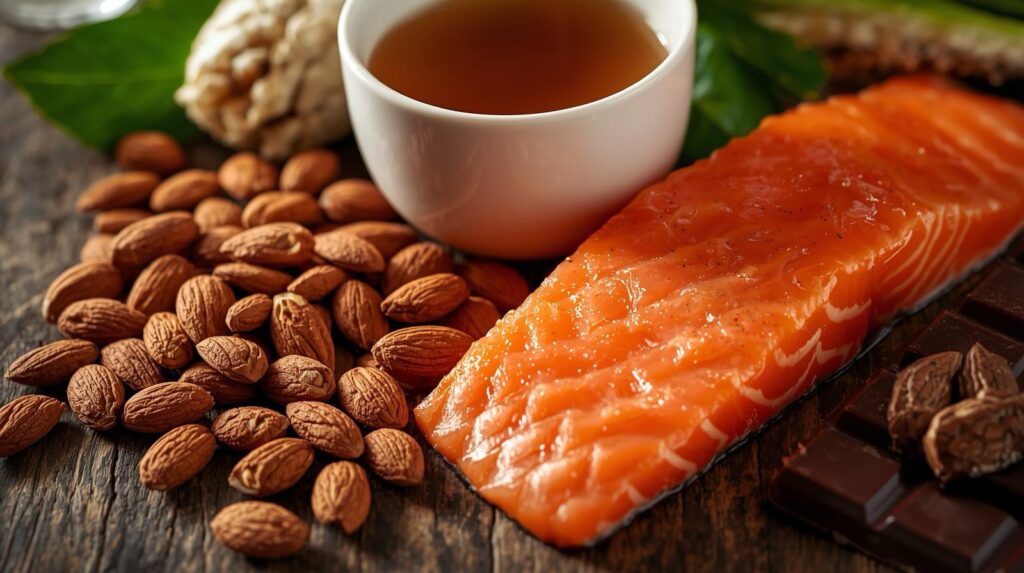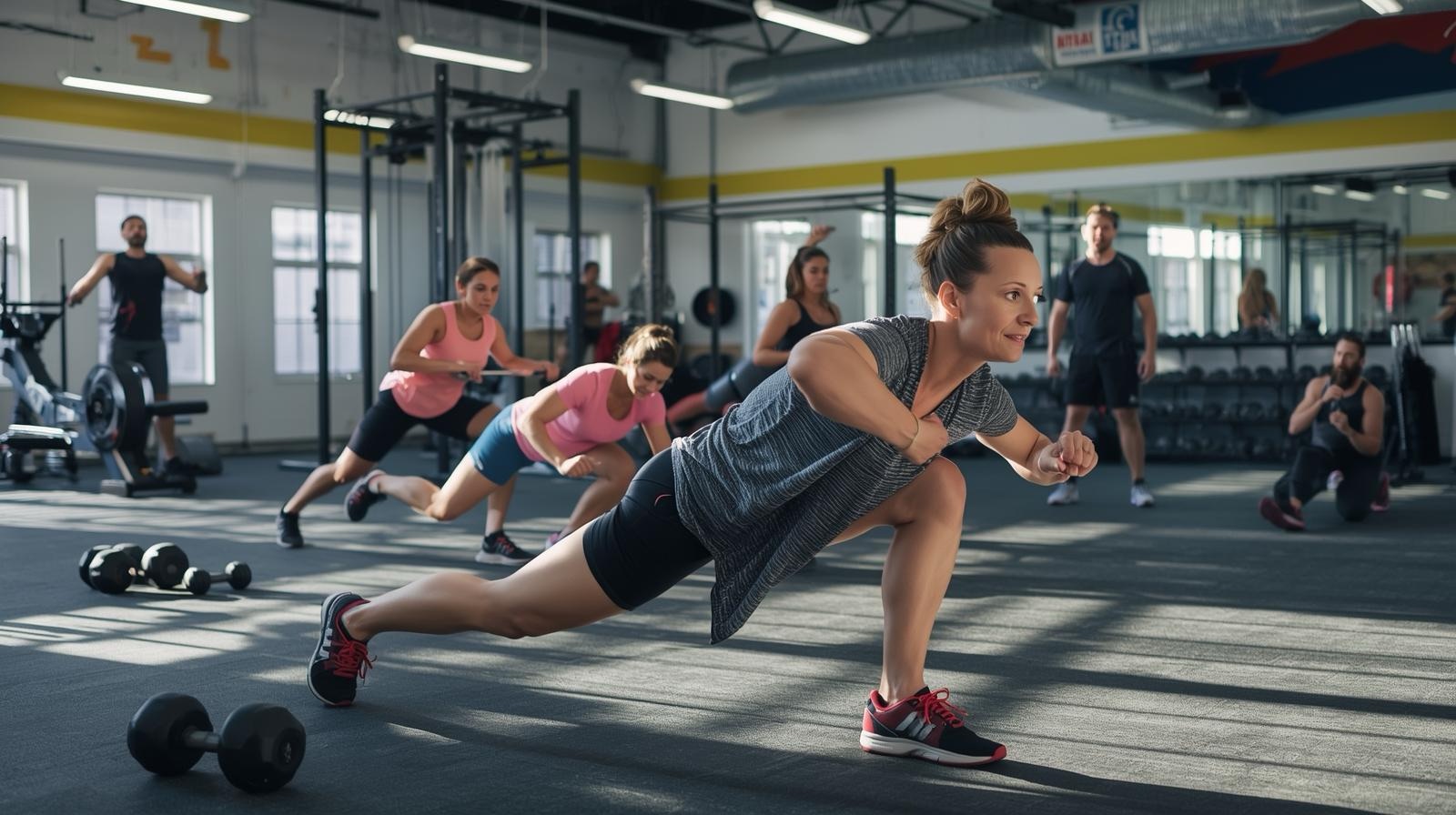

Energy comes from your cells, specifically the mitochondria — the tiny “powerhouses” that produce ATP (adenosine triphosphate). ATP fuels every movement, thought, and heartbeat. After 30, several factors can lower energy:
- Slower metabolism: Mitochondria produce less ATP over time.
- Hormonal changes: Cortisol, thyroid hormones, and sex hormones affect energy and mood.
- Nutrient deficiencies: Low levels of iron, B-vitamins, magnesium, or omega-3s impair energy production.
- Chronic inflammation: Oxidative stress damages mitochondria, reducing efficiency.
Key Chemicals for Energy
Chemical : ATP
Roles: Main energy molecule - Chemical: Glucose
Roles: Primary fuel for muscles & brain - Chemical: B-Vitamins
Roles: Cofactors in energy metabolism
- Chemical : Iron Roles: Carries oxygen for ATP production
- Chemical: Omega-3 (DHA/EPA)
Roles: Supports mitochondria & brain function. - Chemical: Caffeine + L-theanine
Roles: Boost alertness & focus - Chemical: Flavonoids / Antioxidants
Roles: Protect mitochondria from oxidative stress.
Bottom line: Fatigue isn’t inevitable. Providing your body with the right nutrients fuels ATP production, stabilizes blood sugar, and protects mitochondria — naturally increasing energy.
10 Energy-Boosting Superfoods
1.
Spinach
Rich in iron, magnesium, and B-vitamins — supports ATP production.
- Tip: Add to smoothies, omelets, or salads.
2.
Quinoa
Complete protein + complex carbs — provides sustained energy.
- Tip: Swap white rice for quinoa in lunch bowls.
3.
Blueberries
High in antioxidants/flavonoids — protect mitochondria, improve cognitive function.
- Tip: Top yogurt or oatmeal with fresh/frozen blueberries.
4.
Almonds
Magnesium + healthy fats — stabilize blood sugar and prevent crashes.
- Tip: Snack on 20–25 almonds mid-morning.
5.
Salmon
Omega-3s + protein — reduce inflammation and boost brain energy.
- Tip: Bake or grill 2–3 times per week.
6.
Sweet Potatoes
Complex carbs + fiber — slow-release energy for all-day fuel.
- Tip: Roast or mash as a side dish.
7.
Greek Yogurt
Protein + probiotics — stabilize blood sugar and support gut health.
- Tip: Mix with fruit and a drizzle of honey.
8.
Chia Seeds
Tiny but mighty — provide omega-3s, protein, and fiber.
- Tip: Add to smoothies, oatmeal, or make overnight pudding.
9.
Green Tea
Caffeine + L-theanine — boosts alertness without jitters.
- Tip: Replace one coffee a day with green tea.
10.
Dark Chocolate
Flavonoids improve blood flow — a natural energy lift.
- Tip: Choose 70% cocoa or higher; enjoy one small square.
Why Nutrition and Movement Work Together
- Eating energy-rich foods fuels workouts.
- Moving your body improves glucose metabolism and energy use.
- Together, they create a positive feedback loop: good food → more energy → more movement → better nutrition choices.
Even short daily activity (15–20 minutes) like walking, stretching, or bodyweight exercises boosts energy significantly.
🌱 Practical Tips for Maximum Energy
- Pair superfoods with protein/fat to prevent energy crashes.
- Hydrate! Water is essential for nutrient transport and cellular energy.
- Prioritize sleep and stress management — food alone can’t fix fatigue.
- Start small: add one superfood a day, take a short walk, drink an extra glass of water.
💬 Final Word
After 30, low energy isn’t inevitable. By eating the right superfoods, supporting your mitochondria, and staying active, you can naturally boost energy, focus, and vitality.
Your energy is your most valuable asset — feed it well, move it often, and watch your life thrive.
Share via:



